





I shared my reservations with the system earlier this year. To much fanfare, the Switch released a few weeks later on March 3rd. I never thought the system was subpar, but I did decide I’d give it some time.

And so I did. I gave the Switch roughly four or five months (until the release of ARMS and Splatoon 2), before grabbing one myself. I’ve had this little beauty for a couple months now and have played both of the aforementioned games. This is an update on my feelings about the system now that I have one.
The Switch’s standout feature, the combination of the console/handheld experience and the seamless switching between it, is great. It isn’t totally seamless as I found that every time I docked or undocked it I had to revalidate the controllers I was using. Due to the form factor, the Switch isn’t as portable as other handhelds. You likely won’t be able to put it into your pocket. It’s practically a requirement that you procure some kind of carrying case.
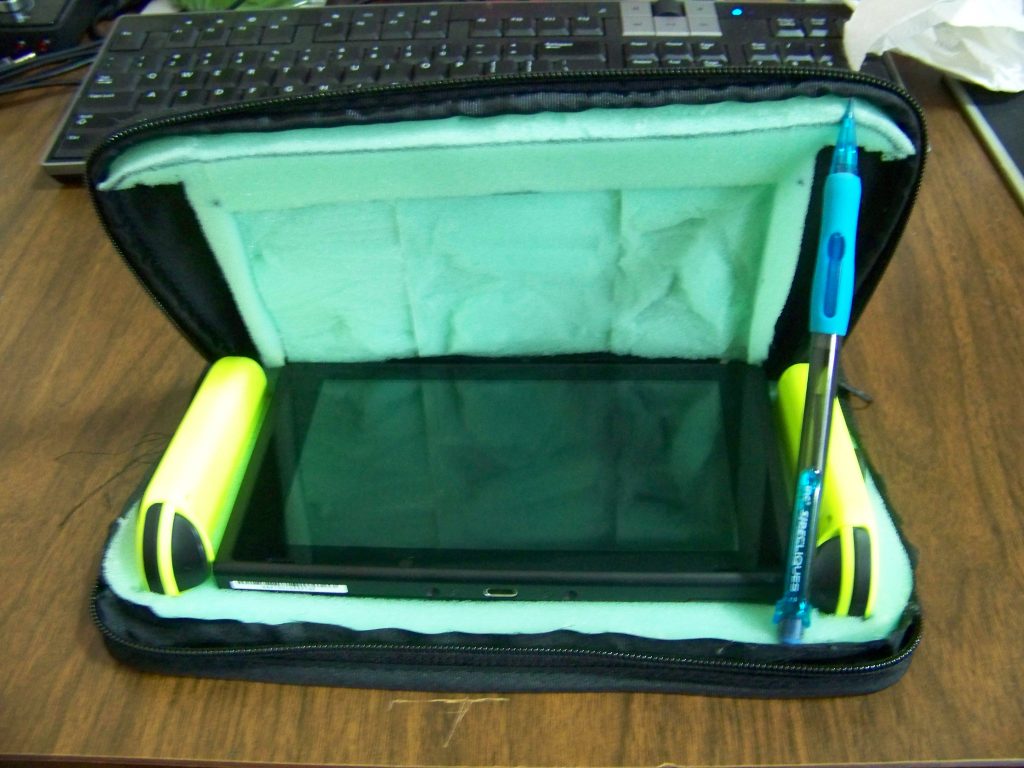
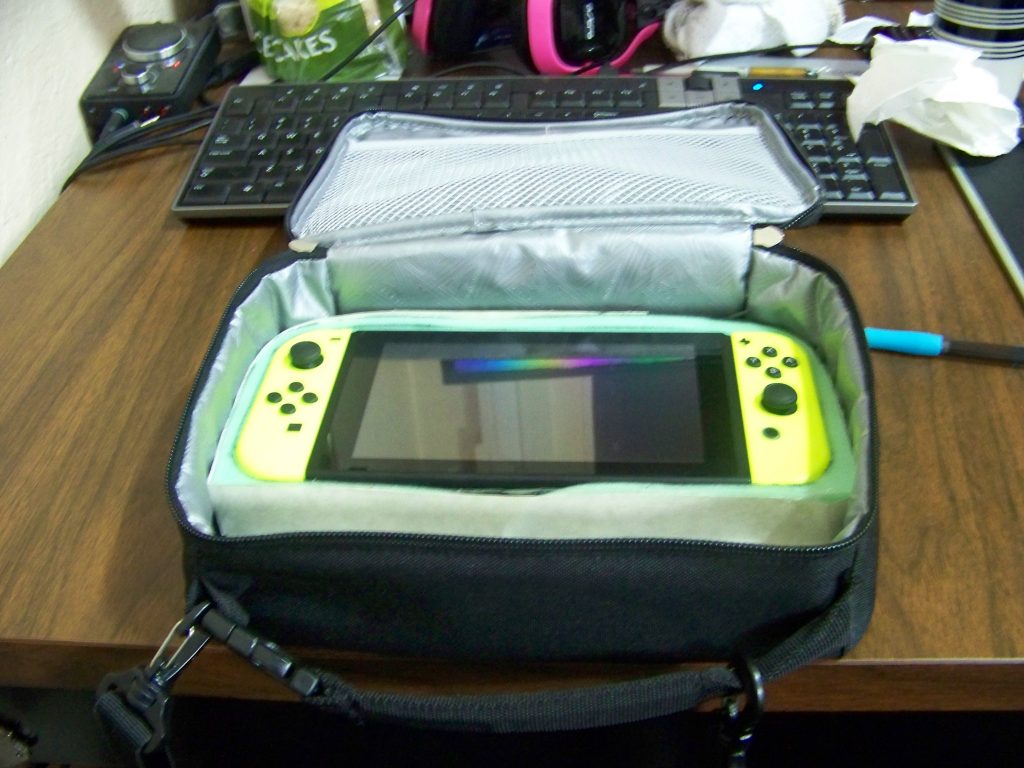
I chose to try my hand at making my own since I doubted there would be any that I liked all that much. The smallest is a pencil case and the larger one is just a lunch box. I filled both with cut foam. The larger one also allows me to carry the charger, my other tablet and my camera as well, so it came in handy during my recent travels. So overall, the portability of the system requires some accounting for, but not anything unreasonable.
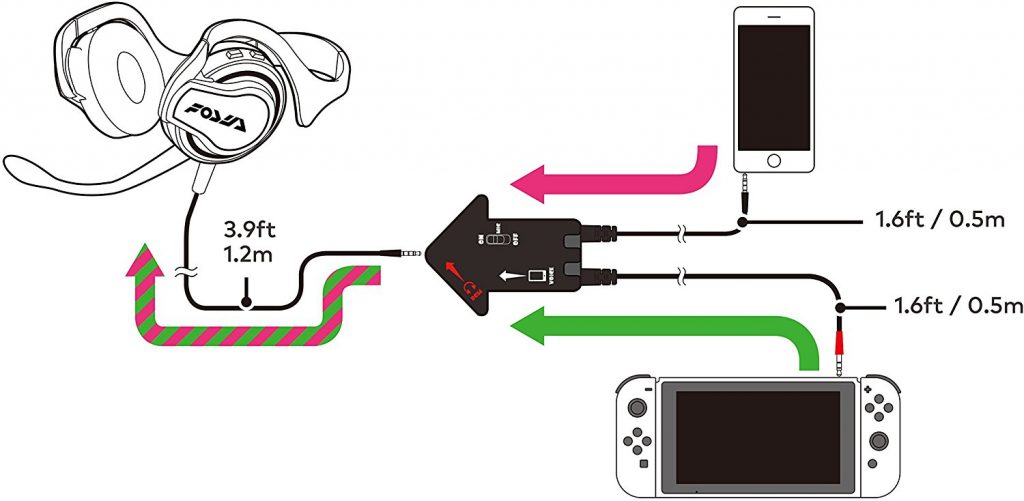
I’m choosing to ignore the Hori headset, and essentially voice chat in general, here in assessing portability. I’m planning on grabbing one at some point (hey, fresh gear), but even conceptually, the voice chat setup puts a big damper on portability. Why would anyone want to whip out this dongle and their phone while out and about to chat with their team? It’s somewhat cumbersome for the context. Furthermore, it’s still wired so using it while docked (arguably the time you’d be more likely to use it) requires you to be close and physically tethered to the Switch as well. I’m trying to think of a setup that would alleviate some of this, but the inclusion of the phone/app for voice chat really is the lynchpin in this subpar design choice.
The latest installment in the Zelda series was the flagship title of the console. As expected, it was a fun and challenging open world RPG. Though its release predated ARMS, it was the second game I played on the system. Exploration and large worlds are a crapshoot, as far as I’m concerned.

With some games, the traversal and searching become tedious affairs (I’m looking at you, Metroid Prime), while others never have that problem (thank you, Arkham City and Horizon: Zero Dawn). Zelda keeps such affairs interesting and engaging. Like Horizon, you pick places you’d like explore, you warp as close as you can and then, like Arkham City, climb, glide and zip the rest of the way. It leverages your previous exploration and provides some engaging modes of transportation you can use as you see fit. Furthermore, the motion controls were stellar. Using the gyrometer to help aim alongside the thumbstick works splendidly.
ARMS is best described as one part Virtual-On, one part Ready 2 Rumble and one part Nintendo goodness. Along with Splatoon, ARMS continues Nintendo’s trend of, to quote Jack Cayless, “popular genres made fun and bullshitless”. With different glove types, fighter abilities, stage hazards and random items, it really does play like a low-key fighting game deep fried in a mech combat game. It has an floaty, call and response flow to it that does take a little getting used to. Play it like your standard snappy fighting game and you’re going to get duffed as spacing and patience is key.
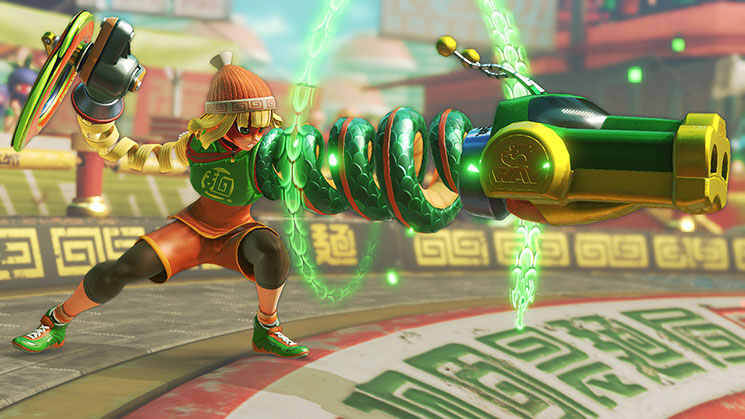
That being said, I absolutely did not like the motion controls. You hold a joy-con in each hand, perpendicular to the ground. Tilt both left, right, back or forward to move the character in that direction. This applies whether you’re walking, dodging or jumping. Tilt them towards each other to block. Punches require you to push the corresponding joy-con forward in a faux punching motion. Curve this motion to curve a punch. Push both together to launch a grab. Jumping, dodging, and activating your super mode uses the shoulder buttons (under your thumb and index fingers). It’s a bit of doozy to read, much less execute. It all plays out like an unrefined mix of the cabinet controls of Virtual-On and the cabinet controls of an arcade boxing game. It’s uncomfortable and hard to execute with precision. Particular focus must be paid to avoid over-executing since it’s easy to rotate your fist or tilt the joycons in the process. Either way, it’s SO much better to just play with the standard controller.
…Or the lack thereof. The Switch STILL lacks local media playback and a web browser. Bummer. I have nothing further to say about that, but I did find out about something rather interesting.
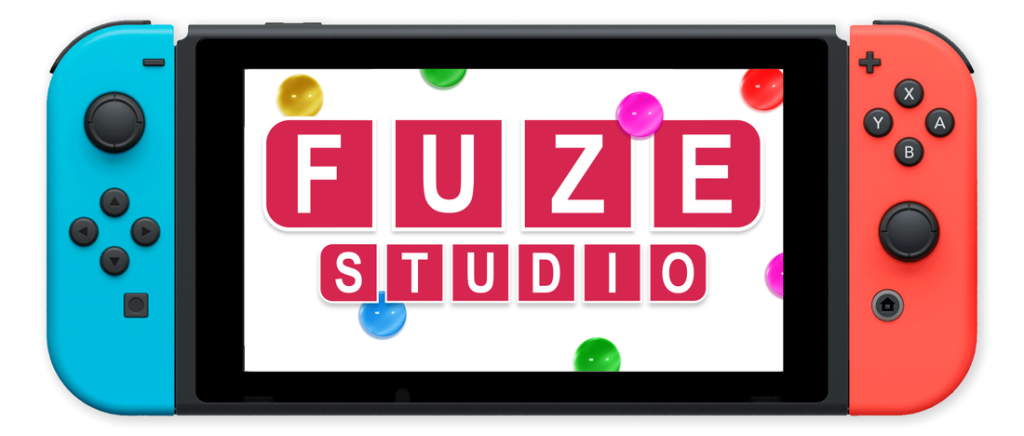
FUZE Code Studio, a IDE for FUZE’s BASIC language that will include graphics and audio assets will be released in Q2 2018 for the Switch. If Nintendo doesn’t pick up the pace with their own variants, I definitely will grab this and try my own hand at local media playback.
My feelings about the Switch have remained unchanged. It’s a system that has great games and a few questionable design choices. The fact of the matter remains, though, that if you enjoy Nintendo’s first party games, you should pick it up – especially while you can still play online for free.



